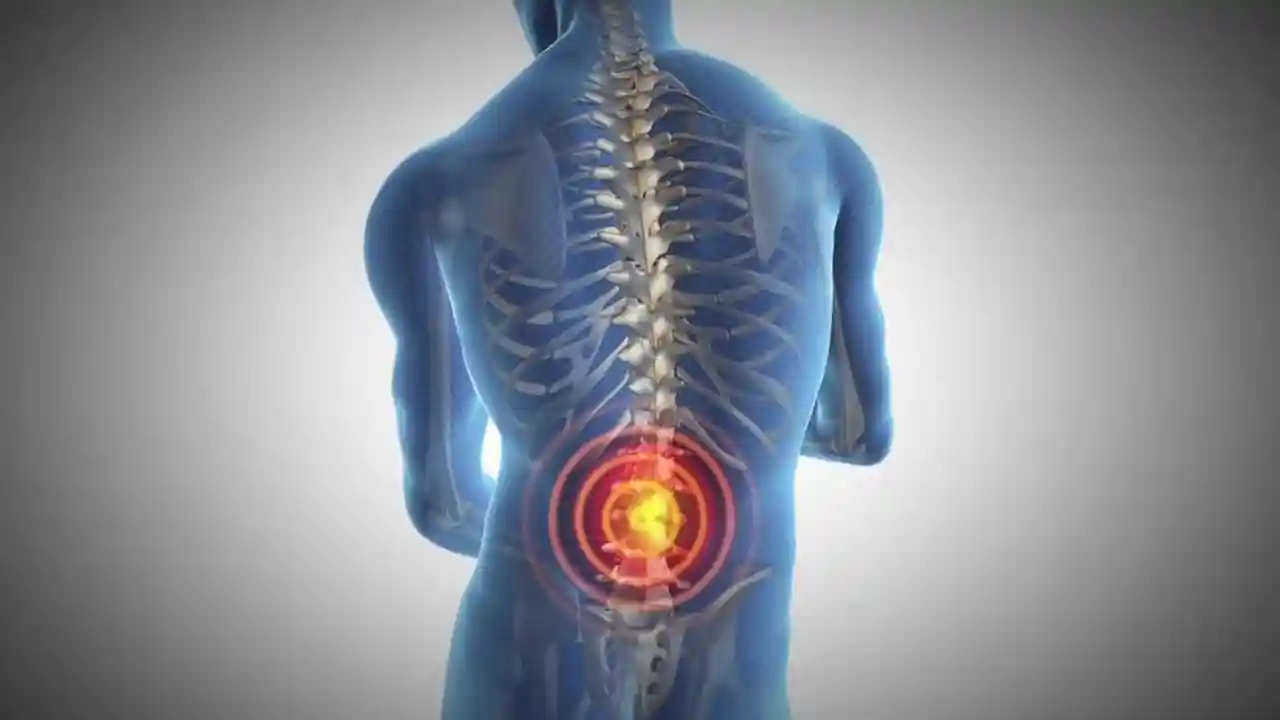Topics
- Article
#WHOOPEd Weekly Digest, Vol. 24

Lifting weights to reduce back and muscle pain, running to combat memory loss, and sunglasses to manage your stress?
Tuesday, October 17
Could running combat early memory loss and the prevalence of dementia? Staying active for brain health
https://www.nytimes.com/2017/10/04/well/move/for-your-brains-sake-keep-moving.html
- The process of creating new neurons, called neurogenesis, can be altered by lifestyle.
- In a study published last year in NeuroImage, scientist injected a modified rabies vaccine into mice where it entered the nervous system and the brain. One group of mice were active by running, while the other mice were sedentary. They found that the mice that ran had more and longer dendrites which help connect cells into the neural communications network.
- The previous point is important because those connections led to portions of the brain that are essential for spatial memory, such as where we’ve been and how we arrived there. In the early stages of dementia, that type of memory is often diminished.
- The current study “provides more pieces of evidence that brain cells produced under running conditions are not just quantitatively but qualitatively different.”
- Take home point: Exercise is excellent for brain health, preserving memories.
Wednesday, October 18
In 2013 more days of sickness absence were attributed to back, neck and muscle pain than any other cause
http://bmjopensem.bmj.com/content/1/1/e000050
- 1 out of 8 people in the working age population reported having musculoskeletal conditions (MSK).
- 59.7% of people report MSK as their main health disposition.
- In a study by Welch et al., 30 adults implemented a 16-week, progressive, free-weight based resistance training program to investigate the effects of training on pain and lumbar fat infiltration in those with back pain.
- After the intervention, pain, disability and quality of life were all significantly improved. Also, fat infiltration in the lumbar spine was significantly reduced and lumbar extension was improved.
- Take home point: Help lower back pain, movement, and quality of life by implementing a free-weight based resistance training program 3 times a week.
Thursday, October 19
The U.S. has its first International Olympic Research Center: Steadman Philippon Research Institute
- The International Olympic Committee announced last week that the first U.S. based International Olympic Center for Prevention of Injury and Projection of Athlete Health will be the Steadman Philippon Research Institute.
- The U.S. Coalition becomes the IOC’s 10th research center across the world, and first of it’s kind in the U.S.
- These centers develop and implement preventative and treatment methods for sports related illnesses and injuries.
Friday, October 20
An app with brain sensing sunglasses helps with cognitive performance and management of daily stressors
https://www.digitaltrends.com/wearables/smith-lowdown-focus-smart-glasses-hands-on-ces-2017/
- New glasses from Smith use a brain-sensing technology, Muse, to help get your brain’s attention.
- The Muse technology hides EEG, EOG and EMG monitors inside the nose pieces and arms of the glasses.
- Data is fed into an app where it is converted into audio. It’s the mental equivalent of weight lifting; making you aware of whether you are completely focused or having unproductive mental procrastination.
- It is the goal of the glasses to condition the brain to become aware of aimless wandering and focus on mindfulness.